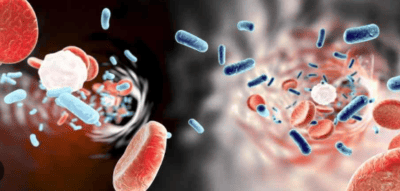Sepsis, a medical emergency that often lurks in the shadows, strikes swiftly and stealthily yet remains widely misunderstood. It is crucial to shed light on this condition in order to understand its nature, recognise its symptoms, and take proactive measures to combat it effectively.
Understanding Sepsis
In simple terms, sepsis is the body’s extreme response to an infection. Triggered by an overactive immune system, it leads to widespread inflammation, tissue damage, organ failure, and potentially death.
Despite its severity, sepsis often masquerades as other conditions, making early detection challenging, which is why Clinical Training Courses from a specialist such as https://www.tidaltraining.co.uk/clinical-training-courses/ are so important.
Symptoms of Sepsis
Early signs of sepsis may include fever, chills, rapid breathing and an elevated heart rate. However, as the condition progresses, symptoms intensify, manifesting as confusion, extreme pain or discomfort, and a drop in blood pressure. Recognising these clues is essential for timely intervention.
Causes and Risk Factors
Sepsis can stem from any type of infection, bacterial, viral or fungal, with vulnerable populations at higher risk. Understanding the underlying causes and risk factors can help identify those most susceptible to this silent threat.
Diagnosis and Treatment
Healthcare providers rely on clinical assessment, laboratory tests and imaging studies to diagnose sepsis. Treatment involves administering antibiotics, intravenous fluids, and supportive care to combat the infection and address organ dysfunction.
Prevention
Practising good hygiene, staying up to date with vaccinations, and promptly treating infections are vital in preventing sepsis. Being vigilant of symptoms and seeking medical attention promptly can make a life-saving difference.
Conclusion
Sepsis is a serious and potentially life-threatening condition that demands awareness and vigilance. By understanding its nature, recognising its symptoms and taking proactive measures, we can work towards reducing its toll on human lives. Early detection and intervention are key in the fight against sepsis.


